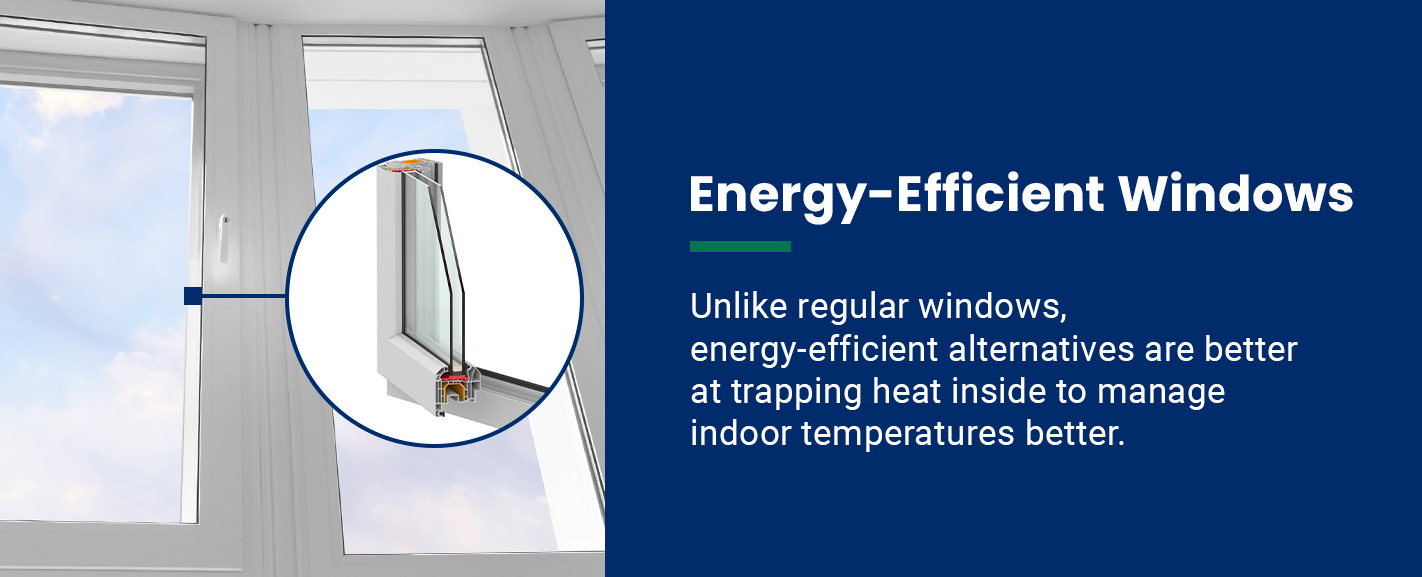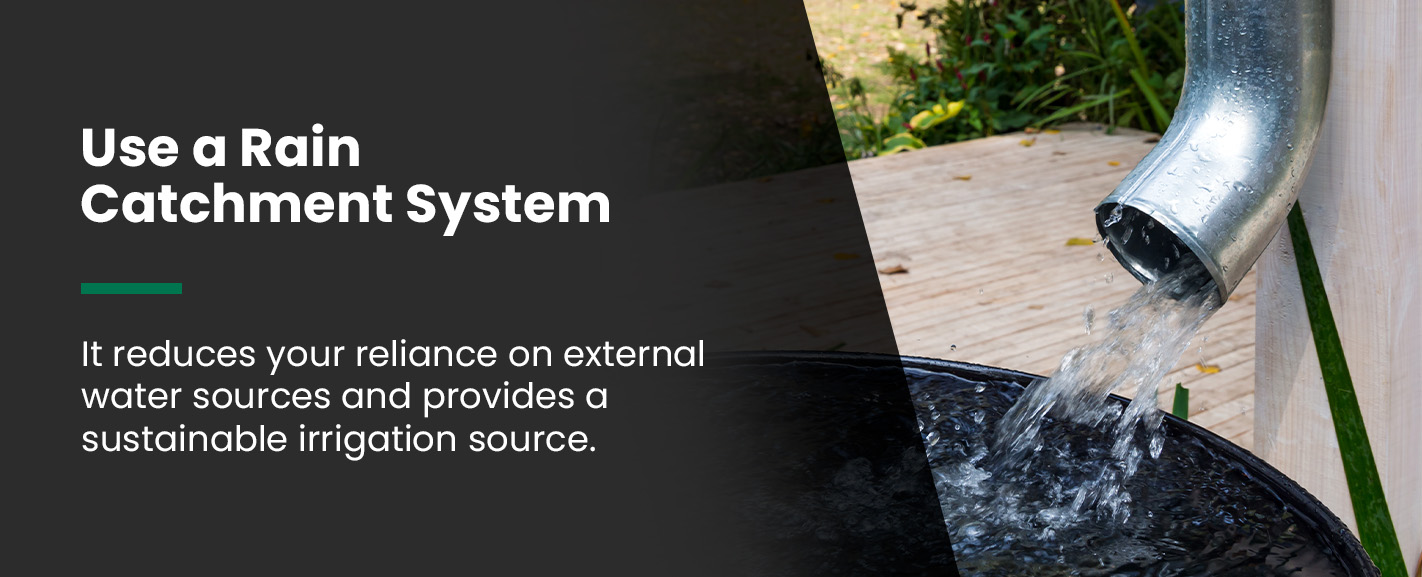
A sunroom is the perfect place to unwind with a cup of tea or curl up with a good book on a lazy day. These light-filled rooms also have multiple other uses. Some people grow lush plants, while others use the space for entertaining. Whatever the case, this home upgrade can substantially increase your property value.
Though sunrooms are environmentally friendly, they tend to heat up homes, which can translate into less-than-favorable energy bills during summer. But if you design your sunroom with energy efficiency in mind, heating and cooling costs will be less of a concern. Here’s everything you need to know about eco-friendly sunrooms if you’re considering adding a sunny extension to your home.
Ways Sunrooms Are Eco-Friendly
Building a sunroom extension on your home will do far more than enhance your curb appeal. This unique home improvement project offers other advantages.
A Few Health Benefits
While soaking up the sun through your sunroom windows, the vitamin D you absorb will translate into several health benefits. Some studies show that time in the sun can relieve anxiety and depression symptoms — the “sunshine vitamin” can boost mood, improve sleep quality and relieve stress. Vitamin D can also increase energy levels, lower blood pressure and improve bone health.
Getting your daily dose of vitamin D in a sunroom is considerably healthier than full sun exposure outside. Because energy-efficient window panes shield you from the sun’s harmful UV rays, you will be at less risk of sunburn, sun-damaged skin or skin cancer than you would when spending time outside in direct sunlight. As a result, you can safely use a lower-SPF sunscreen when sitting in your sunroom.
Enhance Natural Lighting
Natural light offers more benefits than any artificial lighting on the market. Natural light will brighten and warm your home during winter, while many indoor plants thrive in full sunlight. When building a sunroom, the extra light will flow into surrounding rooms, making your whole home brighter and more welcoming during the day. Adding natural light will also make your home seem more spacious.
Improve Indoor Heating
Sunrooms capture heat in your house. The warmth from the sun’s rays will then travel through doors and vents to the rest of your living space, improving your indoor heating efforts. So, this home upgrade can help you minimize heating costs during frigid winters.
Circulation is necessary to move warm air around for a sunroom to effectively heat a home. Installing an overhead fan is practical if your ceiling is at least eight feet high. Otherwise, your HVAC system can keep the air in your home circulating.
Enjoy Versatility

Beyond the health and wellness benefits and better indoor temperatures, sunrooms are also exceptionally versatile living spaces. Here are some popular eco-friendly sunroom ideas.
- Sitting room: With comfortable seating, a coffee table and some decor, a sunroom can be the perfect place to relax with your favorite snack and beverage. Instead of being cooped up in front of the TV in a low-lit living room, adding a sunroom to your home offers a healthier, more pleasant way to spend your downtime.
- Dining room: A sunspace is also an excellent location for a dining room. You and your family can enjoy meals with an unobstructed view of the blue skies and lush landscaping surrounding your home.
- Home office: Whether you work full-time from home or often find yourself bringing projects back from the office with you, a sunroom could be the best place to set up a home office. Working in an indoor-outdoor space is an excellent alternative to being in a stuffy, uninspiring room.
- A space to grow plants: Indoor greenery offers many health and wellness benefits, but keeping plants alive inside your home can be tricky. Many plants need direct sunlight to thrive, and even hardy species that prefer shady areas won’t live long without some light. Sunrooms offer the perfect solution to homes that lack natural light to let indoor plants grow.
- Craft or hobby room: Many people convert their sunrooms into hobby rooms. From painting and stargazing to birdwatching and knitting, you can use this extra space to indulge in your favorite pastimes.
Whether you want to use your sunroom to unwind, perfect your hobby or develop your green thumb, determining your intended use before starting the extension project is wise. Then, you can decide the sunroom’s ideal size and shape.
Boost Home Value
While you may have read that adding a sunroom to your home can increase your property values, this upgrade’s return on investment depends on various factors, including the sunroom’s size and the materials used to build it. Still, expanding on your house’s available square footage will automatically add to its asking price if you put it on the market.
Though this home upgrade can get you more bang for your buck, it’s impossible to put a price tag on improved health and wellness for you and your family. A sunroom can significantly transform your quality of life and home comfort.
The Elements of an Eco-Friendly Sunroom
Though sunrooms make homes warmer, which can add to cooling costs in the summer, these spaces can keep energy efficiency in mind. Unlike traditional sunrooms, eco-friendly sunspaces boast the following elements.
A Southward-Facing Direction
The ideal sunroom faces south to catch as much natural light and warmth as possible. With this orientation, you can watch the sun rising in the mornings and setting in the evenings as it passes through the sky from east to west.
While some resources may suggest an east-facing space for maximum sunrise enjoyment or a west-facing room to soak in glorious sunsets, a south-facing sunroom offers the total experience. Plants also thrive best in a south-facing space, since the sun’s rays are less direct and harsh. Additionally, a south-facing sunroom won’t absorb too many UV rays in the mornings or evenings — instead, you’ll benefit from natural light throughout the day.
Energy-Efficient Windows

Energy-efficient windows are the primary element that makes the space eco-friendly. Unlike regular windows, energy-efficient alternatives are better at trapping heat inside to manage indoor temperatures better. Moreover, these window panes can protect furniture and your skin from harsh UV rays. You won’t need to worry about sun-damaged, fading furniture or indoor sunburns if you invest in energy-efficient windows.
Here are the most suitable energy-efficient windows for this home extension project.
- Low-E windows: The best energy-efficient windows for a sunroom have a low-E coating. In winter, these windows can prevent heat from escaping and keep sunlight from overheating your home.
- Double-paned windows: Double-paned windows are another energy-efficient solution. These windows are two glass panes or double-glazed glass. Nontoxic, odorless argon or krypton gas sits within the spaces between the two panes, improving indoor insulation.
- Triple-paned windows: There’s also the option of triple-paned windows, which use the same concept as double-paned windows but have even more insulation.
- Tinted windows: Lastly, tinted window glass can be the most affordable way to transform traditional glass into energy-efficient windows. Since tinted windows are most effective in keeping heat out, they are only a solution for reducing cooling costs. Moreover, during the summer, a sunroom with tinted windows will add less heat to your home.
Deciding which kinds of energy-efficient windows are best for your home can be challenging. If you’re uncertain, reach out to an expert about ways to make your sunroom eco-friendly.
Proper Ventilation
Sunrooms attract and retain heat from the sun, making the space humid. Extreme humidity can be uncomfortable, while increasing your energy consumption and utility bills.
Installing an overhead fan is a practical solution to encourage proper ventilation. However, as mentioned earlier, this is only viable if the ceiling is at least eight feet high. If the ceiling is lower, you must rely on your HVAC system to circulate air throughout your home. You could also combine desktop fans, standing fans and a dehumidifier to ventilate the space.
Energy-Efficient Window Treatments
While energy-efficient window panes are essential for any eco-friendly sunroom, energy-efficient window treatments are equally necessary. Roller shades or blackout curtains can improve insulation, enhance indoor temperature regulation and minimize sun damage to furniture.
While there are tons of innovative energy-efficient window treatments on the market, automatic roller shades are a savvy investment for anyone who’s already incorporating smart tech into their home. These kinds of shades operate remotely with the touch of a button.
Insulated cellular shades are another excellent choice that you can add automation to. These shades’ pleated fabric folds upward. Insulated shades contain more air layers, which improves insulation dramatically.
Stone, Concrete or Tile Floors
Stone, concrete or tile flooring is typically the most energy-efficient choice for a sunroom. These durable materials are also stain and moisture-resistant. While stone, concrete and tiling will last longer and increase your property value, these solutions will also keep the space cooler in summer and warmer in winter.
Ways to Make Your Sunroom Even More Eco-Friendly
Even when a sunroom has all the elements listed above, there are still ways to make it even more eco-friendly. Beyond energy-efficient windows, smart window treatments, proper ventilation and building in a south-facing direction, you can also use these tips to enhance your environmental efforts.
Use a Rain Catchment System

A water catchment system offers two advantages — it reduces your reliance on external water sources and provides a sustainable irrigation source, reducing the need for costly and environmentally damaging alternatives. Though it’s not advisable to drink rainwater, you can collect it to water your lawn, flush toilets, fill outdoor ponds and more.
The best setup for a rain catchment system involves an angled roof so water can slide down the sides, through your gutters and into a storage tank. It’s not overly challenging to install a DIY rain catchment system, but you can also reach out to an experienced contractor to handle this task for you.
Install a Few Solar Panels
Solar panels will maximize your home’s energy efficiency and increase your home’s value even more than a sunroom, specifically because solar panels generate long-term savings. Adding solar panels could reduce your home’s power consumption from the grid, qualify you for government rebates and save you thousands on your utility bills over time.
Before investing in solar panels to make your sunroom eco-friendly, find a professional installer. Experienced companies can use their knowledge and equipment to ensure a smooth installation project that optimizes your system for maximum performance and efficiency.
Insulate for Winter
While windows and window treatments can improve insulation, weatherstripping insulation can seal the tiniest gaps between walls and windows. Fiberglass insulation sheets are another solution worth considering. You can also use an area rug in the winter to add comfort and trap heat inside.
When insulating your sunroom for winter, consider how your efforts will impact heating and cooling costs in the summer. If you overinsulate the space, summers will be unbearably hot and your cooling costs will increase. When in doubt, reach out to experts.
Contact Garrety Glass to Build Your Eco-Friendly Sunroom
Whether you are thinking about building a sunroom to trap heat in your home, boost property value or take advantage of the extra space to pursue your hobbies, Garrety Glass can help. Discover the most energy-efficient window solutions and speak to an expert about your goals so we can bring them to life.
Visit our website to learn how to use a sunroom in every season, get eco-friendly sunroom decor ideas, request your free quote and more.
